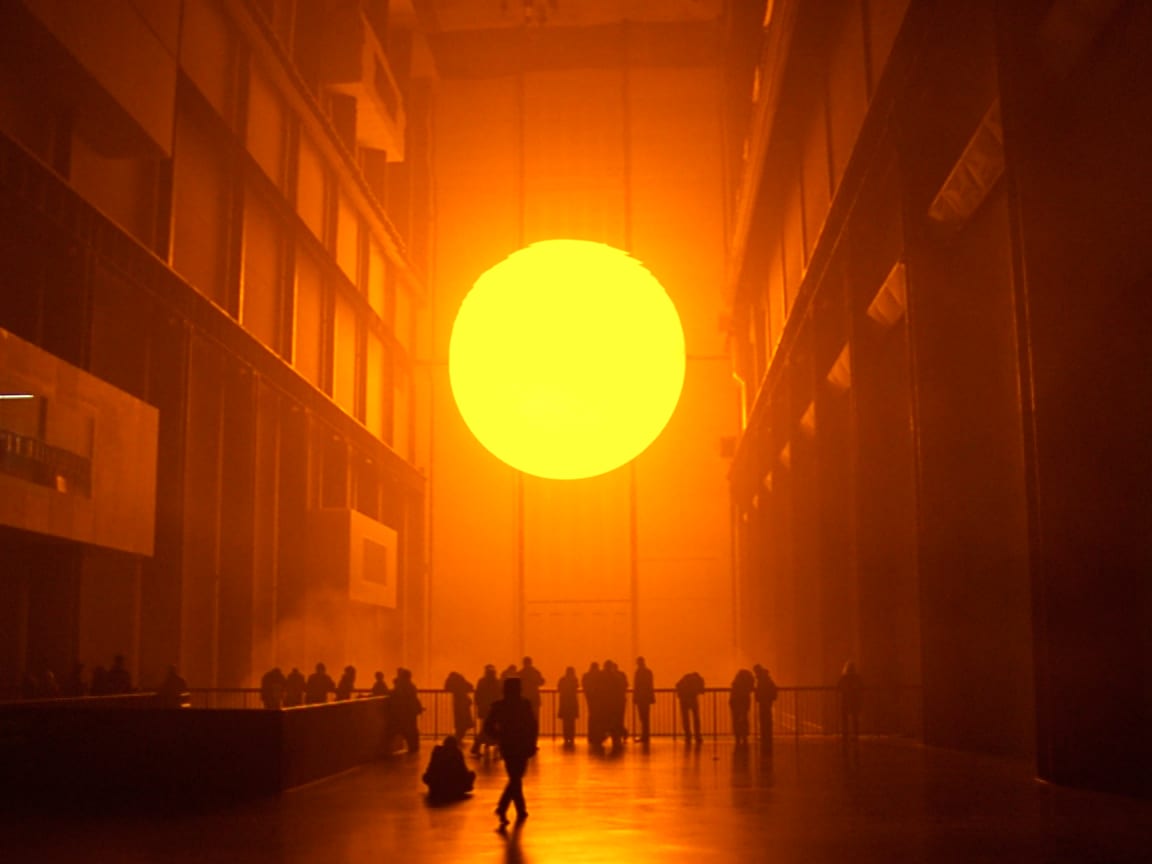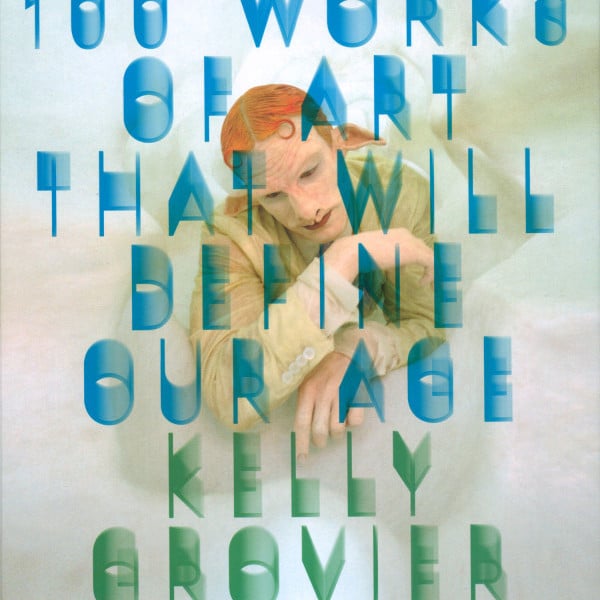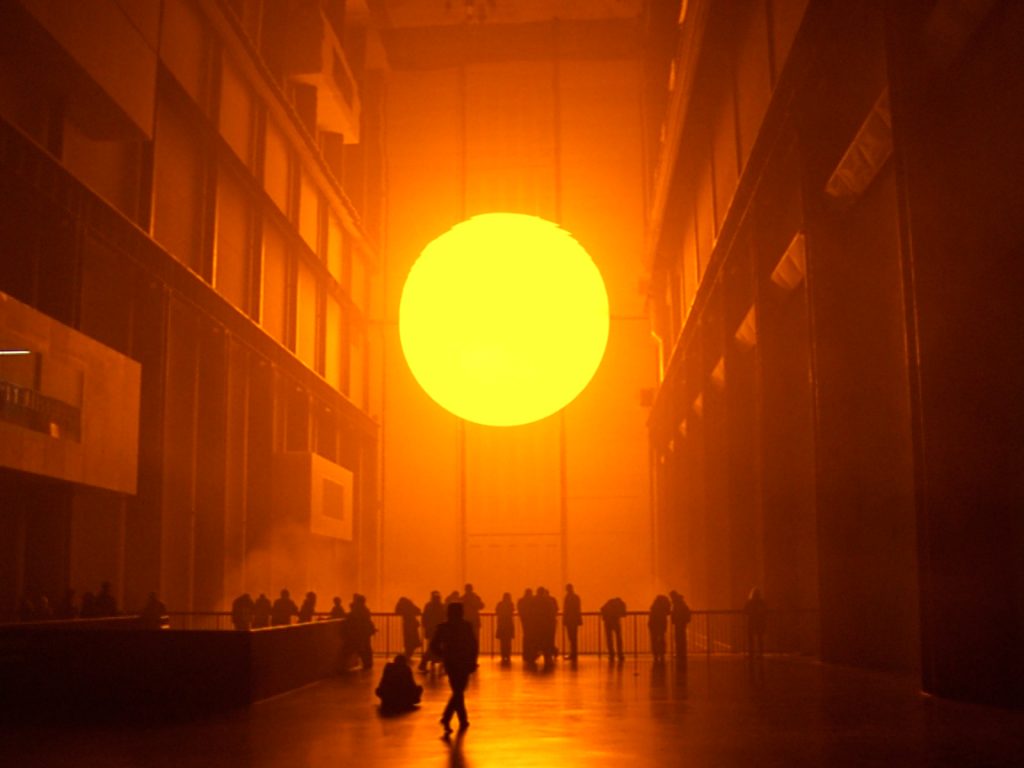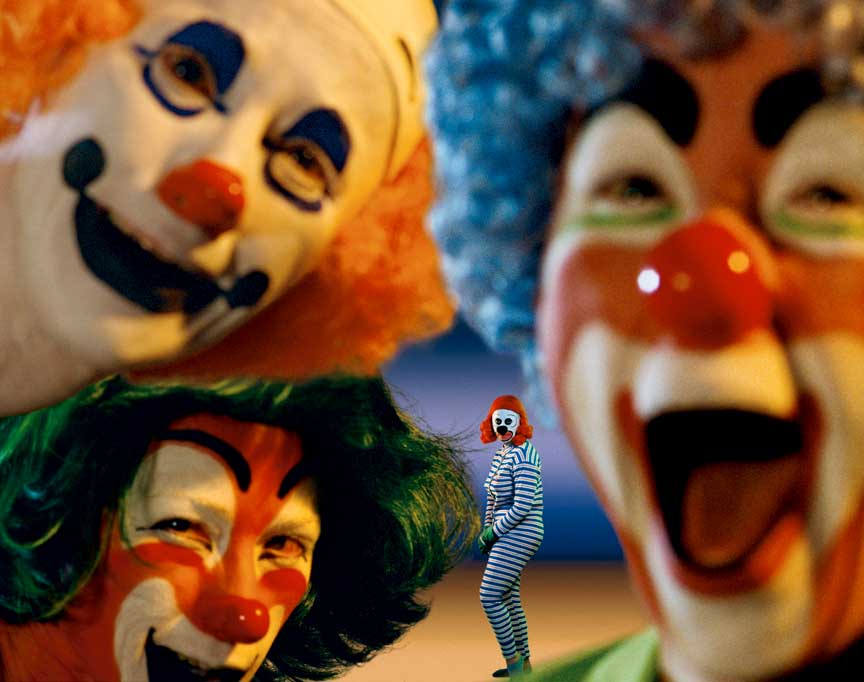We’re usually a tad sceptical about anything featuring numbered selections. Nowadays hardly anything seems to reach the pages of a magazine or a TV screen without being reduced to a seemingly arbitrary list. At best, it can be of modest help where information has been distilled from something extensive or complex, but at worst, is simply a pointless exercise made with minimal critical judgement. The title of 100 Works Of Art That Will Define Our Age therefore aroused a little suspicion. How much selection was there? Was there really a nice round number? Could, or should, ’100’ just have been left off?
But happily we can report this is an exceptional book. It is a formidable task to attempt to scroll forwards in time and make a judgement on how a future population will have judged art of the present day, or indeed judge the art of your own era. It would also be easy to get bogged down in an almost endless series of semantic or philosophical questions, but Grovier however delicately navigates this minefield with humour and skill.
He notes that Vincent Van Gogh’s contemporary view of his own ’Starry Night’ was that it was a dreadful ‘failure’ and by slipping in frequent insights such as this, Grovier lets us glimpse at how the defining views of the art of the past and present are ever fluid.
We see how the artists of today continually draw from the past and how meanings flow in two directions. Great art never finishes, but instead forever participates having the power to alter the art of the past, as well as to influence the future.
Grovier actually creates a definition of ‘Our Age’ by selecting art from about 1990 to 2010 leaving a certain amount of critical weight to have already been applied. The notorious Saatchi Sensation exhibition from 1997 already seems a long time ago, and a handful of works like Damien Hirst’s ‘Shark’ and Marc Quinn’s Self are naturally included.
Many others like Olafur Eliasson’s Weather Project for the Tate Turbine Hall, Jeff Koons’ Puppy, Marina Abramovic The Artist is Present and Tracey Emin’s ‘Bed’ seem natural choices, neatly included in sections with titles like ‘Is All Art Nostalgic’ and ‘Can Art and Life ever be in Sync?’.
At the same time one does wonder whether the likes of Jeff Wall, Cristina Iglesias, Walid Raad, Sean Scully and Sheela Gowda really define our age. All excellent artists in their own right, but it’s impossible to say, and a hundred artists is rather too many. If we look back another thirty years to Pop art how far do we see beyond a handful of names like say, Warhol and Lichtenstein? Who knows even if the period 1990 to 2010 will ever make its mark on history or fade in to a forgotten mist?
However, as one progressed through the book, the pleasure in looking back at some of the great works of our era, and reading Grovier’s beautifully written and insightful analyses will dissolve all doubts. It reads easily and gently expands our appreciation of works that we perhaps doubted or misunderstood. It may, or may not, in the end include the works that truly do ‘define our age’ but perhaps it is best viewed simply as an exemplary look back at some memorable recent art.
To purchase a copy visit here
















